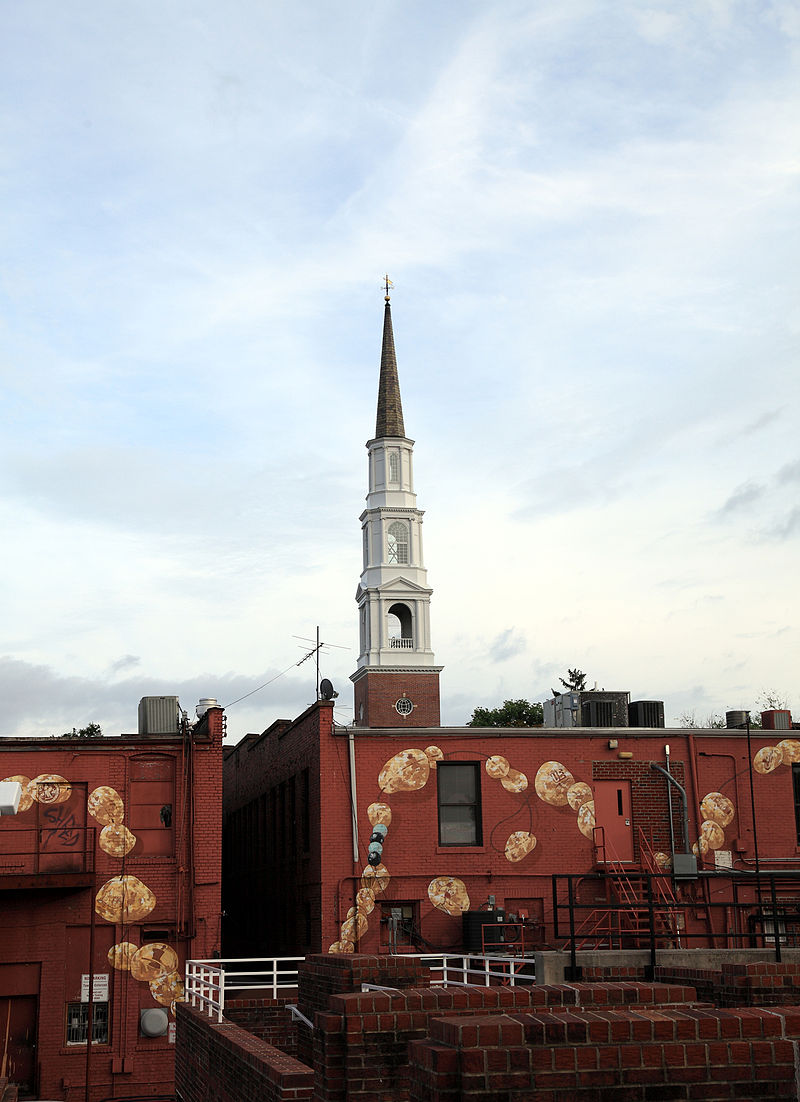 Names often serve a purpose outside of initial identification of a place or a person. A name can also show history — families with last names like “Smith” or “Baker” likely have an ancestor who held an important position in their own, “Bald Head Island” indicates an easily-spotted lack of vegetation and “Hickory” is the name of a town founded around a log building constructed from hickory wood.
Names often serve a purpose outside of initial identification of a place or a person. A name can also show history — families with last names like “Smith” or “Baker” likely have an ancestor who held an important position in their own, “Bald Head Island” indicates an easily-spotted lack of vegetation and “Hickory” is the name of a town founded around a log building constructed from hickory wood.
Chapel Hill is no different, having been aptly named for a hilltop chapel.
In 1752, the Church of England approved a “chapel of ease” at a hilltop crossroads. The location was meant to spare parishioners from travelling to the established Saint Matthew’s church in Hillsborough. Originally a simple log building meant to provide shelter for the sermons of travelling priests, the New Hope Chapel soon seeded a small community in the surrounding area.
During the course of the American Revolution, New Hope Chapel simply disappeared. There are no official records as to what happened to the church, whether it was dismantled for raw materials or simply burnt to the ground. The community that had sprung up around the church remained, however, and bonds between neighbors were further strengthened when town lots formally went up for auction as construction began on the first building of what would become the University of North Carolina.
The Town of Chapel Hill was officially founded in 1819 and chartered in 1851, taking its name from the church that had once stood at the top of the hill. In 1923, construction began once again on that same crossroads plot, as the first iteration of what we now know as the Carolina Inn was built.
 The Carolina Inn is historic in its own right as a card-carrying member of the National Register of Historic Places, but the land beneath it is even more so. Where the Carolina Inn stands today is the historical and traditional center of Chapel Hill, our own “Southern part of Heaven.”
The Carolina Inn is historic in its own right as a card-carrying member of the National Register of Historic Places, but the land beneath it is even more so. Where the Carolina Inn stands today is the historical and traditional center of Chapel Hill, our own “Southern part of Heaven.”


Comments on Chapelboro are moderated according to our Community Guidelines